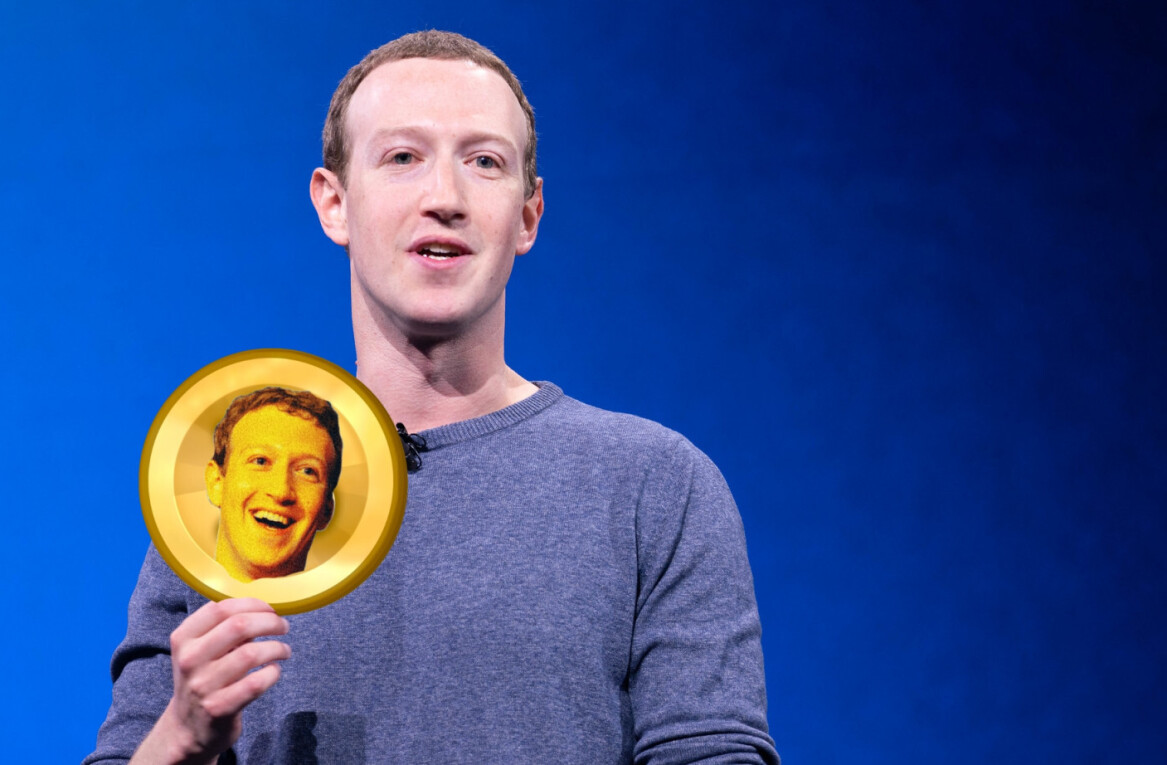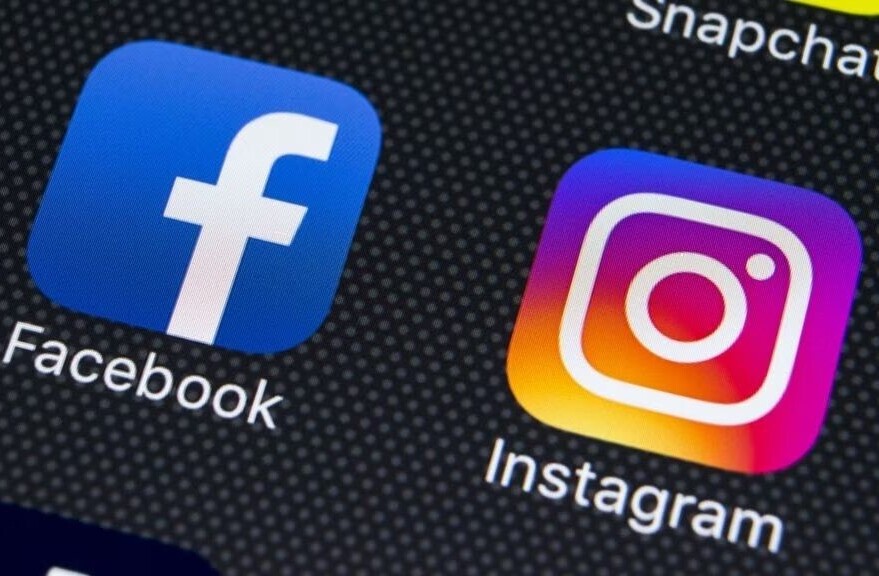
Asi Sharabi has written his second report on Facebook Applications Trends. You can see my post regarding his first report here. I find Asi’s reports to be extremely interesting and useful.  Any person/company that’s currently offering or plans to offer an application on Facebook, should definitely read both reports to get an idea on “what’s hot and what’s not” as far as apps go. In the first report Asi focused on the 100 most popular apps according to number of installs. This report focuses on the apps that have the highest number of active users. Looking at these apps allows us to truly understand what makes a sustainable Facebook app. All data in the post is taken from adonomics , an amazing site which provides all sorts of great statistics regarding Facebook applications.
Any person/company that’s currently offering or plans to offer an application on Facebook, should definitely read both reports to get an idea on “what’s hot and what’s not” as far as apps go. In the first report Asi focused on the 100 most popular apps according to number of installs. This report focuses on the apps that have the highest number of active users. Looking at these apps allows us to truly understand what makes a sustainable Facebook app. All data in the post is taken from adonomics , an amazing site which provides all sorts of great statistics regarding Facebook applications.
Asi writes:
As some people have already noted there is a sense of ‘apps fatigue’ and this indeed reflected in the data. Still, according to recent report while there is for the first time a slow decrease in the apps fair, on average 51% Facebook users interacted with FB apps pages in January.”
Most of the prevalent, multi-million installs apps have fairly low percentage of active users. Evidently, it is one thing to create a ‘viral’ application and get loads of users to install it (which occasionally been achieved with some dirty tricks and is getting increasingly difficult), but it is a different thing altogether to create a sustainable application, i.e. application that’s not just a passing gimmick but one that offer lasting value that people keep using over time.
I think that part of the reason why users are fatigued by Facebook apps is because there are very few apps that offer users real added value. Succeeding in getting people to install your app is great. But that’s only the first step. The real challenge lies in creating a sustainable application which people will actively use.
There are currently 20,861 applications on Facebook (140 apps are uploaded daily). Only about 170 apps have over 1 million users. About 800 have 100K to 1 million users, around 2200 have 10K – 100K users, around 4300 have 1K – 10k users, which leaves us with about 13,000+ apps with less than 1K users.
Asi points out that he found a negative correlation between the number of installs and the number of active users. Looking at the top 50 apps in each group (number of installs), you’ll see that the more installs they have, the less percentage of active users they have:
From the group of top apps (over 1 million installs), there are very few with more than 10% active users.
Looking at the top 100 applications with over 1 million installs as well as the top 40 applications with 100K – 1Million, we can divide these apps into the following categories:
Identity Formation / Social Comparison 44%
These apps allow Facebook users to display more personal information about themselves affecting how others perceive them and receiving feedback from others about how they are perceived. This category can be divided into a few sub-categories:
Flirting Games
This is the largest category of popular Facebook apps. Examples include flirtable, are you interested, Likeness. Asi points out that these interactions trivialize a behaviour which in the offline social world would be perceived as overly blatant. This is probably the reason why these apps are so popular online. They allow us to interact with others in ways that are impossible in real life. For example, apps like friends for sale (13% active users) and owned (19%) allow users to buy, refund friends and actually put a price tag on their worth. These types of apps are the latest hot thing on Facebook.
Asi also indicates that Facebook is on its way to becoming the largest dating site in the world. He writes:
I’ve spotted at least 5 different dating applications like spark (12%) , zoosk (8%) meet new people (9%) and Hotties for sale (34%). These, I predict will only grow in popularity.
This should definitely serve as food for thought for dating sites that currently do not offer a Facebook app or for those entrepreneurs who are thinking of opening up a dating site.
Self presentations tools
These apps allow users to display to the world who they are. These tools can be divided into two sub-categories. The first sub-category:
Funny “virtual pub games”
Examples of these apps include: what’s your stripper name? which cartoon are you?what kind of drunk are you?. This is the second most popular category of facebook apps. These apps usually have a low percentage of active users because once you’ve figured out what you are, that’s it, you’re done, and the app offers you no further value. Yet as we see these apps are still very popular, thus we will probably continue to see more of them uploaded in the future.
The second sub category is
Hobbies/interests
These apps seem to be more sustainable than the previous because as people we nurture our hobbies on a continuous basis. Examples of such apps are: Films (5%), music (3%), Dogbook (3%).
Phatic interactions / games 39%
These apps allow users to interact with friends without the need to say anything meaningful. Pokes, hugs, kisses, zombies, are examples of these sorts of interactions. More recently longer-type phatic interactions apps have also become quite popular.
Games
Games apps usually have a higher percentage of active users. Poker for example has 8% active users, Chess 12%. Scraboulus has the highest number of active users (22%). Asi adds that since games have high durability, they make for very sustainable Facebook apps:
The data shows that experiences designed for people and can adopted to facebook have more active users than made-to-facebook applications.
Tools / extensions / social management 17%
These apps serve as tools allowing users to better manage their profiles and social lives.
Extensions:
Apps which extend communications between users such as mobile (12% active users), IM (1%), super wall (9% active users) and fun wall (13%). The reason these apps are so successful is because users view them as a natural extension of Facebook.
Profile management apps such as: Top Friends (8% active users), Best friends (2%), Entourage (2%) enable users to “manage” their friends and an app like anti stalker allows users to see who checked out their profiles and whose online.
Final Thoughts:
As Asi writes, Facebook apps allow us to socially interact with friends in entertaining ways yet very few apps actually offer users any added value. As time goes on, users become more picky about the applications they install, and those apps that have the highest number of active users and not necessarily the highest number of installs will win in the long run.
One can argue that that’s what people want, and that’s fair enough but I still hope that in the future we’ll see more applications that offer genuine, lasting utility – Marketers and developers – listen to David.
The opportunities with branded applications are yet to be realized. I’ve asked Facebook for some data as it’s impossible to dig among nearly 20K applications but unfortunately they couldn’t help. The easiest route is to engage people with ‘on brand’, humorous, culturally resonant ‘phatic interaction’ type of app (like the one Poke and Mother recently developed for KY Jelly UK – to launch this week). Think of it as simple interactive tools to extend your campaign that, if done well, can help raise awareness and build some emotional connections between people and the brand / product. Check out the recent Snickers widget
I completely agree. Widgets/applications are a great way to socially market your company and increase brand exposure. A successful campaign doesn’t necessarily involve having an app with the most installs but rather keeping your audience interested and active. Creating an app with added value to the user definitely increases its sustainability and the user’s dedication.
Check out Poke’s Orange Wednesdays application to be launched in few days. Every Wednesday users get 2 tickets for the price of 1 at cinemas across the UK, enabling users to easily invite friends to the movies. The app also gives information regarding movies playing, trailers, and directions to the theater. Now that’s what I call a useful app.
Get the TNW newsletter
Get the most important tech news in your inbox each week.







